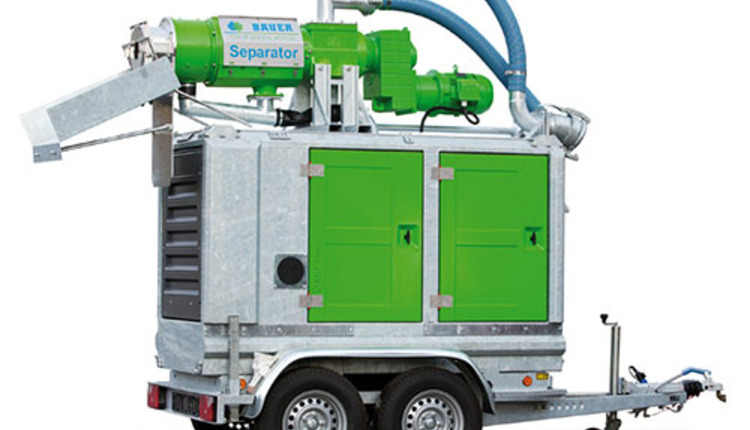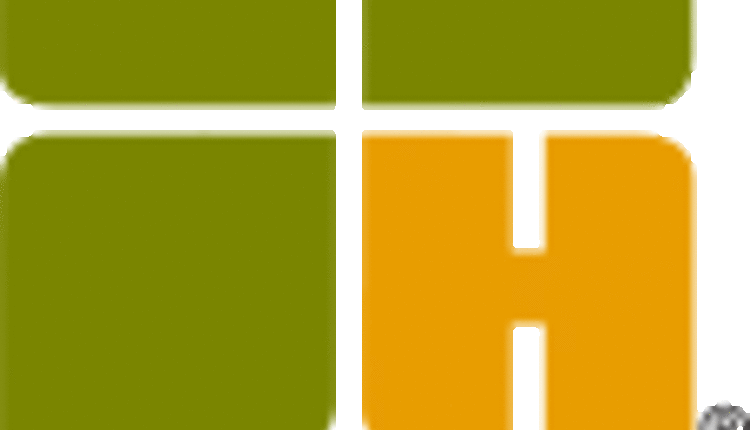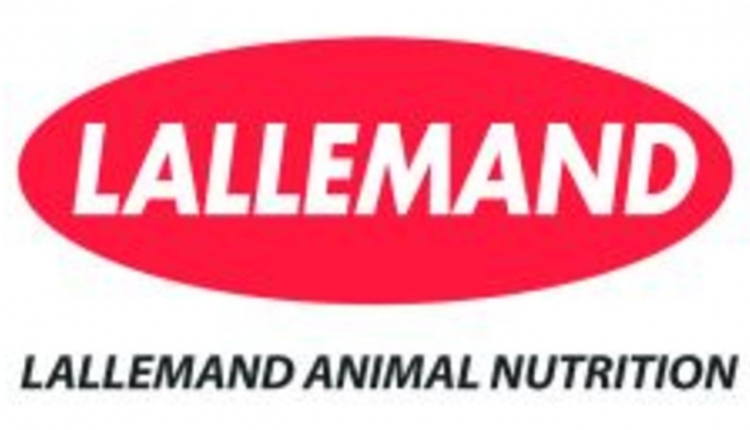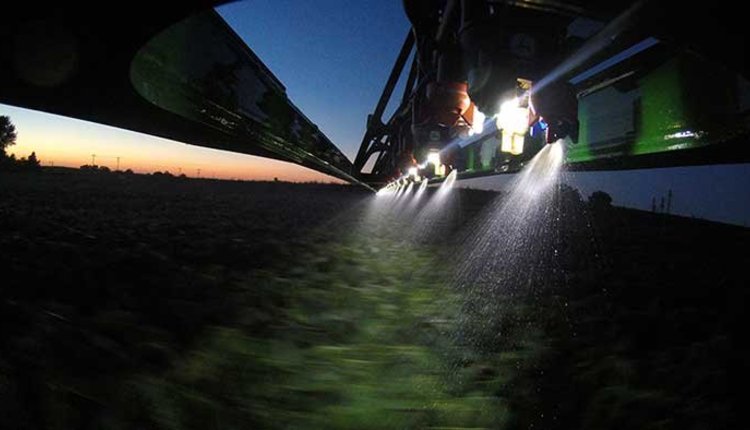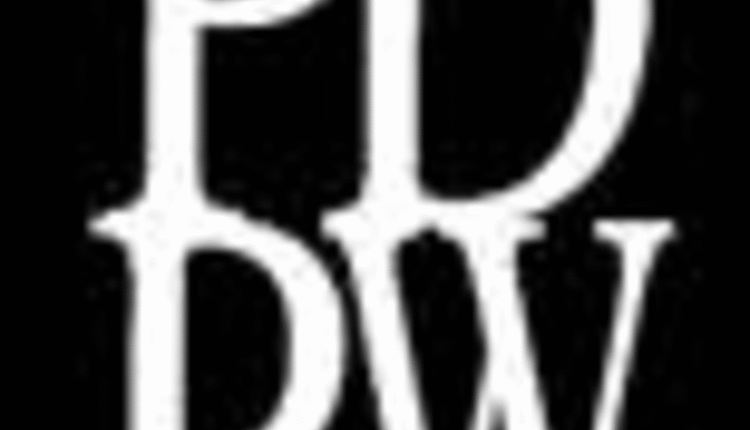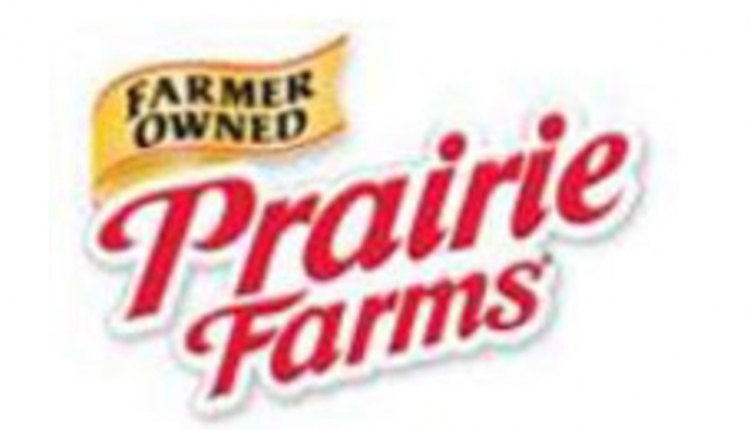 Merck Animal Health today introduced two new Dairy Care365® animal handling training video modules that focus on caring for calves – the lifeblood of any operation. The first video module covers care and handling of the newborn calf from birth through the first two weeks of life, while the second video module addresses handling and stockmanship from weaning to the mixing pens.
Merck Animal Health today introduced two new Dairy Care365® animal handling training video modules that focus on caring for calves – the lifeblood of any operation. The first video module covers care and handling of the newborn calf from birth through the first two weeks of life, while the second video module addresses handling and stockmanship from weaning to the mixing pens."All dairies should develop protocols for handling newborn calves, as the care a calf receives has significant, long-term effects on its adult health and well-being," says Elizabeth Adams, M.S., D.V.M., technical services manager for Merck Animal Health. "Our responsibility to care for calves begins long before they're born, and includes prenatal care for expectant mothers. These video modules cover the gamut, from standard operating procedures for calf care to the importance of identifying and treating sick calves as early as possible."
From Birth to Two Weeks
The newborn calf care training video was developed by Merck Animal Health with the assistance of Jim Reynolds, D.V.M., M.P.V.M., D.A.C.A.W., a professor at Western University. This video module includes navel dipping, feeding colostrum, and vaccination, along with other management practices to ensure the calf gets a healthy start.
"After delivery, the cow returns to the milking herd and the calf's care becomes the dairy producer's responsibility," says Dr. Reynolds. "Calves are born with a naïve immune system, and they need to be closely watched and gently cared for by trained personnel."
From Weaning to the Group Pens
The second calf care training video module addresses proper management of weaned calves from the hutch to the group pens. It was developed with the assistance of Fred Muller D.V.M., a private practitioner from Sunnyside, Wash., who teaches calf care techniques to his clients and their employees.
This video module covers youngstock handling, moving calves out of the hutch, loading, unloading and trailer safety, moving into the new group pen, pressure zones, socializing in the mixing pen, and moving and sorting groups of calves.
"When calves are weaned and moved into mixing pens, it's like their teenage years," says Dr. Muller. "They have a lot of energy, are exploring their new surroundings and want to socialize with new herd mates. Just like teenagers, calves need to be taught how to properly behave in a group, and it's our responsibility to build their trust and confidence so we can work with them effectively."
Dr. Adams adds, "Calves will remember the training you give them at this age. The lessons they learn from their interactions with humans at this stage will be remembered as they become adults. Practicing good stockmanship and handling when calves are small will make it safer and easier for animals and employees in the future. This requires a commitment from dairy herd owners and managers to continually train and support employees in proper animal handling."
The Dairy Care365 animal handling video modules are designed to help dairy producers and veterinarians train employees to provide the best animal care at every stage of life. The video modules feature real on-farm settings to provide a realistic representation of how cows behave and react to their surroundings. In addition to the two new calf care video modules, the training series includes: Introduction to Dairy Stockmanship; Low-Stress Handling of Dairy Cows and Heifers; Moving Cows to the Parlor; Handling Non-Ambulatory Cows; and Euthanasia. The training is offered in English and Spanish, and each video module concludes with testing to gauge employee understanding of the material.
Also part of Dairy Care365, the Dairy C.A.R.E. booklet includes customizable templates for developing animal care protocols, policies and standard operating procedures. Contact your local Merck Animal Health representative for more information, visit www.dairycare365.com or email info@DairyCare365.com.
About Merck Animal Health
Today's Merck is a global healthcare leader working to help the world be well. Merck Animal Health, known as MSD Animal Health outside the United States and Canada, is the global animal health business unit of Merck. Through its commitment to the Science of Healthier Animals™, Merck Animal Health offers veterinarians, farmers, pet owners and governments one of the widest range of veterinary pharmaceuticals, vaccines and health management solutions and services. Merck Animal Health is dedicated to preserving and improving the health, well-being and performance of animals. It invests extensively in dynamic and comprehensive R&D resources and a modern, global supply chain. Merck Animal Health is present in more than 50 countries, while its products are available in some 150 markets. For more information, visit www.merck-animal-health.com or connect with us on LinkedIn and Twitter at @MerckAH.
Forward-Looking Statement of Merck & Co., Inc., Kenilworth, N.J., USA
This news release of Merck & Co., Inc., Kenilworth, N.J., USA (the "company") includes "forward-looking statements" within the meaning of the safe harbor provisions of the U.S. Private Securities Litigation Reform Act of 1995. These statements are based upon the current beliefs and expectations of the company's management and are subject to significant risks and uncertainties. There can be no guarantees with respect to pipeline products that the products will receive the necessary regulatory approvals or that they will prove to be commercially successful. If underlying assumptions prove inaccurate or risks or uncertainties materialize, actual results may differ materially from those set forth in the forward-looking statements.
Risks and uncertainties include but are not limited to, general industry conditions and competition; general economic factors, including interest rate and currency exchange rate fluctuations; the impact of pharmaceutical industry regulation and health care legislation in the United States and internationally; global trends toward health care cost containment; technological advances, new products and patents attained by competitors; challenges inherent in new product development, including obtaining regulatory approval; the company's ability to accurately predict future market conditions; manufacturing difficulties or delays; financial instability of international economies and sovereign risk; dependence on the effectiveness of the company's patents and other protections for innovative products; and the exposure to litigation, including patent litigation, and/or regulatory actions.
The company undertakes no obligation to publicly update any forward-looking statement, whether as a result of new information, future events or otherwise. Additional factors that could cause results to differ materially from those described in the forward-looking statements can be found in the company's 2014 Annual Report on Form 10-K and the company's other filings with the Securities and Exchange Commission (SEC) available at the SEC's Internet site (www.sec.gov).
10.08.2015
